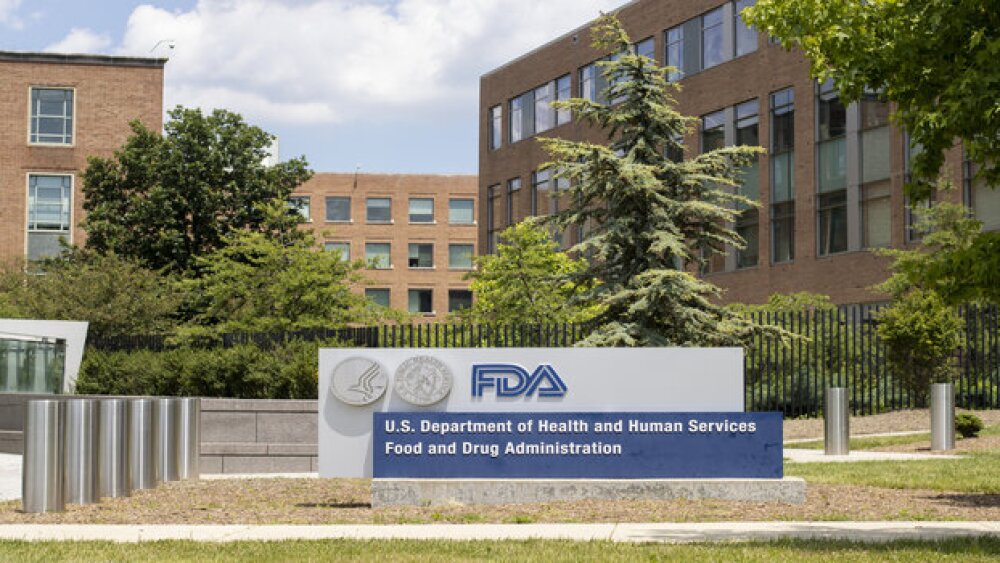Discover the biggest barriers patients face when seeking healthcare treatment, and find out what physicians can do to help patients overcome these barriers and improve patient engagement.
18% of Americans haven’t seen a doctor in over five years, and millions fewer adults report having a primary care provider year over year, according to a survey published by Online Doctor. Meanwhile, trust in medical experts and healthcare, in general, has been in decline since well before the pandemic, according to Pew Research.
So, what gives? Why won’t people go to the doctor? And what can physicians do to improve patient engagement?
Navigating personal healthcare can be a pain for patients. Maybe the earliest appointment available falls on a random Tuesday three months away; maybe insurance premiums cost $400/month for plans the doctor won’t take with a deductible that feels impossible to meet; maybe diseases sound like Harry Potter spells and the drugs to treat them have illegible names… it’s no wonder medical skepticism abounds. In fact, nearly half of U.S. adults delay or forgo medical treatment due to costs, according to a poll by KFF.
Distrust in medicine and reluctance to seek healthcare have costly effects on individuals, families and society in general. To rebuild lost trust and reengage patients, physicians themselves must become advocates and rally for patient-forward change within the U.S. healthcare infrastructure.
Cost: the Biggest Barrier
A West Health and Gallup poll found that three in ten Americans cite costs for insurance, clinic, prescription or out-of-pocket expenses as barriers to healthcare. This rings true even for those with extra income–20% of Americans making at least $120,000 yearly report not accessing medical care due to high costs. With high costs consistently reported as a primary barrier to healthcare, to understand how physicians can advocate for a healthcare system that’s more compassionate to patients, it’s important to first identify why healthcare costs are so high and how these costs impede patient engagement.
From 2019 to 2020 alone, healthcare spending in the U.S. rose by nearly 10% to nearly $4T, accounting for nearly 20% of U.S. GDP. Healthcare spending is further projected to rise to $18,000/year per capita, with as much as 50% of the rising healthcare costs are due to the “price intensity” of medical services and prescription drug costs.
Decreases in Accessibility
While high costs of insurance, treatment or prescriptions are easy to understand as significant barriers to seeking care, an NIH study found that physician availability, information access and logistics of attending appointments also pose challenges to patients.
On one hand, many patients lack knowledge and information regarding their health, treatment and prescriptions that might otherwise motivate them to seek timely, regular care. For example, the same NIH study revealed that many Americans avoid the doctor because they view their illness or medical conditions as non-urgent, or expect their symptoms will improve over time without treatment. Furthermore, participants also reported lack of access to insurance or lack of time for visiting clinics as impediments to seeking care.
On another hand, America is in the midst of a dramatic physician shortage. The American Association of Medical Colleges predicts a shortage of as many as 150,000 physicians over the next decade. Fewer medical providers surely translates to a strain on already-overbooked appointment schedules and more patients to see in a given day for a given physician. In kind, these conditions present a further strain to patients, who may find themsleves unable to receive timely medical care, leading to delays in diagnosis or treatment.
So, beyond the costs of care, U.S. adults delay or forgo treatment in no small part due to unclear understanding of the urgency of medical concerns, difficulties finding healthcare, childcare and time to visit the doctor, as well as challenges scheduling appointments with a diminishing body of physicians facing an increasing strain on availability.
Physician Advocacy for Patients
For all of the bureaucracy and expense hanging overhead, as the point of contact between patients and the healthcare leviathan, physicians themselves are uniquely-situated to intervene and advocate on behalf of patients.
First off, physicians can get involved in educating patients about their health, illnesses and treatment in ways that allow patients to retain autonomy over medical care, the urgency of treatment and the decisions they make with their healthcare team. After all, the willingness of an individual to seek care is often contingent on feeling informed and developing trust in their care team. Healthcare networks turning to digital platforms such as Epic that can link medical history and treatment records across clinics and allow patients to communicate directly with their doctors, giving agency to patients.
In-kind, another intervention clinics and individual physicians can make on behalf of patients involves improving logistics. To mitigate issues with physician availability, clinics should seek to hire assistants and technologists who can lift some burden of appointments and treatment schedules from understaffed doctors. Moreover, offering telehealth services for initial consultations, check-ins or low-urgency medical questions go far in alleviating accessibility concerns for millions of Americans for whom time and transportation pose barriers to healthcare.
Physicians can even play a role in addressing the financial cost of care – perhaps the most visible barrier patients face. While physicians may not have control over the cost of premiums or what the clinic will bill insurance, physicians do usually have a sense of the cost of treatment or specific prescriptions.
As such, patient-forward physicians should consider the costs patients will face when making clinical decisions. As well, although patients may be reluctant to initiate conversations about financial concerns to their healthcare, providing pricing information, including cheaper alternatives than a local pharmacy for the medication (such as Mark Cuban’s Cost Plus Drug Company) to patients throughout consultation, diagnosis, treatment and prescribing is vital to creating an atmosphere conducive of knowledge and agency for patients.





